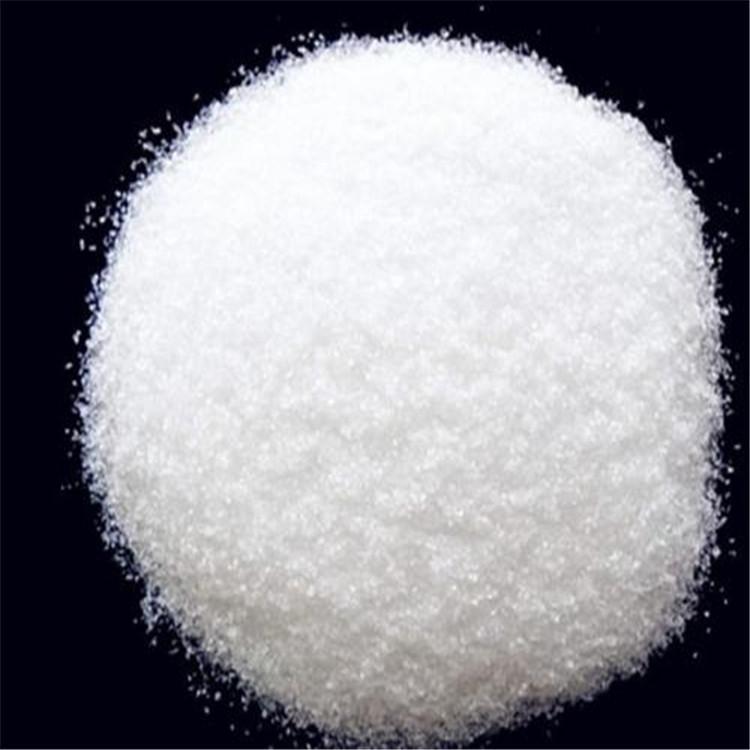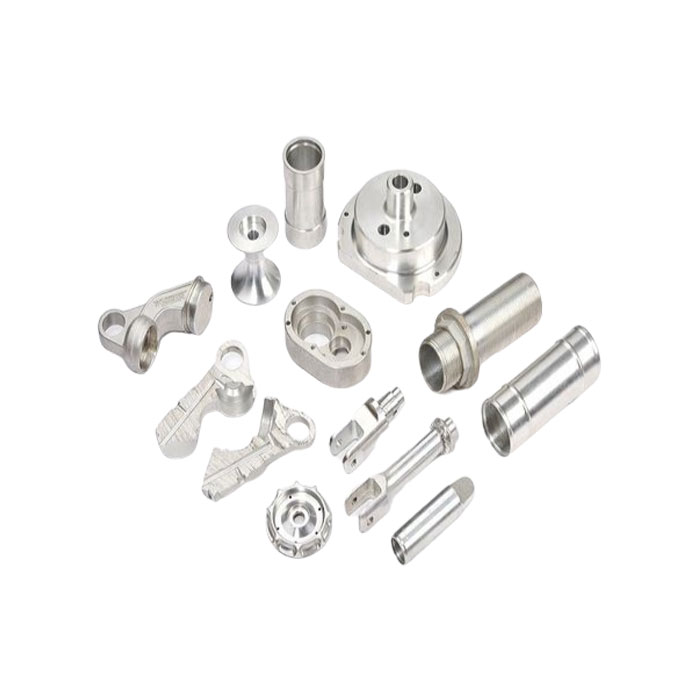Flame Retardant Raw Material
Flame retardant raw materials are substances that are added to products to reduce their flammability and inhibit the spread of fire. These materials undergo chemical reactions when exposed to heat or flames, forming a protective barrier that slows down or prevents combustion.Here are some commonly u......
Send Inquiry
Product Description
Flame retardant raw materials are substances that are added to products to reduce their flammability and inhibit the spread of fire. These materials undergo chemical reactions when exposed to heat or flames, forming a protective barrier that slows down or prevents combustion.
Here are some commonly used flame retardant raw materials:
1. Halogenated Compounds: Halogenated flame retardants, such as brominated and chlorinated compounds, are widely used in various applications. They work by releasing halogen radicals when exposed to heat, which interrupt the combustion process and inhibit the spread of flames. Examples include polybrominated diphenyl ethers (PBDEs) and chlorinated organophosphates.
2. Phosphorus-Based Compounds: Phosphorus-containing flame retardants are effective in reducing flammability. They work by forming a char layer when exposed to heat, which acts as a barrier and prevents the access of oxygen to the underlying material. Phosphorus-based flame retardants include ammonium polyphosphate, red phosphorus, and organophosphates.
3. Nitrogen-Based Compounds: Nitrogen-containing flame retardants release nitrogen gas when exposed to heat, diluting the oxygen concentration and inhibiting combustion. Melamine, melamine polyphosphate, and melamine cyanurate are examples of nitrogen-based flame retardants.
4. Inorganic Compounds: Certain inorganic compounds exhibit flame retardant properties. Aluminum hydroxide (ATH) and magnesium hydroxide (MDH) are commonly used in various applications due to their ability to release water vapor when heated, cooling down the material and suppressing the fire.
5. Intumescent Systems: Intumescent flame retardant systems are composed of a combination of chemicals that react synergistically when exposed to heat. These systems typically consist of a carbon source, an acid source, and a blowing agent. When heated, the system expands and forms a protective char layer that insulates the underlying material and delays ignition.
It's important to note that the selection of flame retardant raw materials depends on the specific application, the desired level of fire resistance, environmental considerations, and regulatory requirements. The use of flame retardants should be carefully evaluated to ensure their effectiveness, safety, and potential environmental impact.
In recent years, there has been a growing emphasis on developing more environmentally friendly flame retardant alternatives with reduced toxicity and persistence in the environment. Researchers are exploring various approaches, such as bio-based materials, nanocomposites, and novel chemical formulations, to address these concerns while maintaining fire safety standards.










